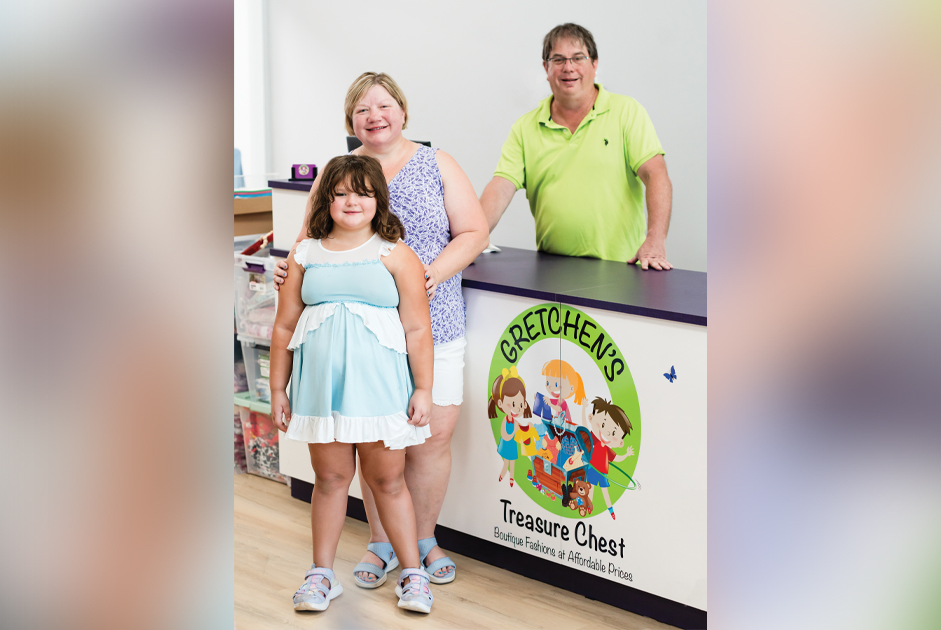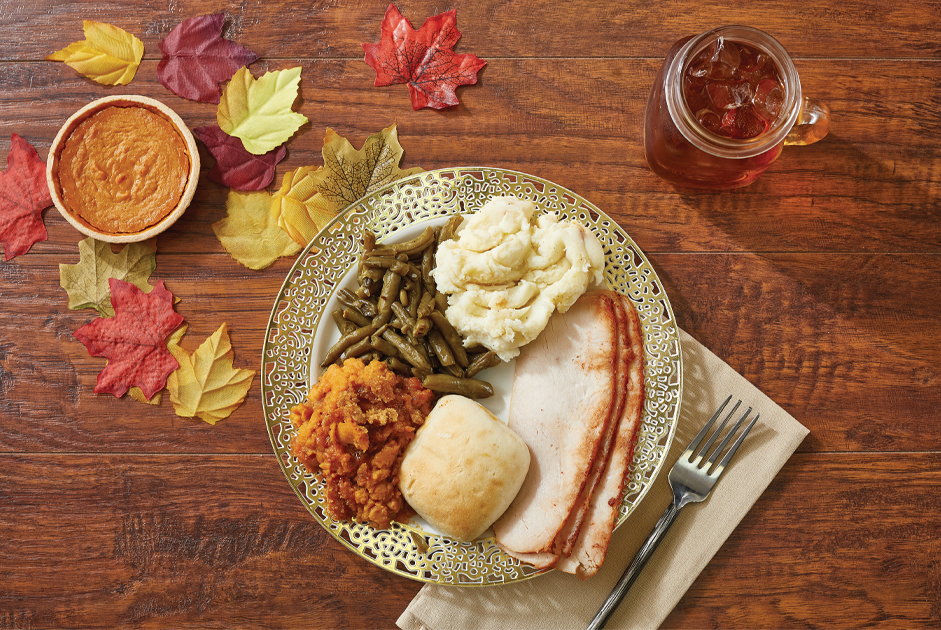Reading a book can be magical. Seeing the words and characters leap out of the pages and being absorbed into new worlds is one of the best joys of a novel. However, sitting down and reading isn’t a favorite thing for many kids, no matter the age, to do. It can be boring and long, especially if a child isn’t connected to the story.
There are a multitude of activities to help engage children with a story, before, during or after a read. As a teacher, I love making a novel come alive with intriguing experiences. In the ideas below, readers are able to connect with a tale’s characters, background, setting, and plot in a variety of ways that interest them. These suggestions are ways for kids to gain a deeper understanding of the text and gives them an opportunity to comprehend the plot better. Lastly, they can be modified to fit any age or story. If you are looking for ways to help engage kids with reading, try one or several of these ideas for your next book.
- Create a fun display about the setting – A book’s setting includes its location, time period, weather, and the environment. When looking at the environment, you are looking at the physical and social climate of what is happening within the tale. This is a great “before the read” activity to get kids interested, because they are coming into the reading already knowing and having a mental image of where the story takes place. Turn your research into a fun display, whether it is a poster, map, or even a podcast. If there is a specific time period or topic of the book, such as the Holocaust, take a deeper look into that one specific topic. This will help the reader feel more confident when reading and also helps build their background knowledge of the topic.
- Write a letter or postcard – Choose a character for the text and write a letter or postcard to them. Include a conversation and ask them questions. It is also helpful for the reader to find similarities and differences between themselves and the character, in regards to interests, family, age, etc. You can also write a letter or postcard to a friend telling them about the book or even write to the author. One of my favorite projects is for my students to write to the author, telling them what they like, dislike, and any suggestions they have for the plot.
- Watch the movie – This is definitely an activity to do “after” reading the book. Most of the time, a movie is different from the tale it is based on. Liberties are taken and part of the novel’s plot are not there. However, it can be a good discussion activity for kids to compare and contrast. They will be using what they read about and learned from the novel and can discuss what is and isn’t in the movie. Plus, movies can assist with making difficult parts of a text come alive.
- Make a food that’s associated with the book – Butterbeer from Harry Potter, blueberry pie from Charlotte’s Web, or peach cobbler for James and the Giant Peach are all recipes associated with popular foods from classic tales. A quick online search or from a cookbook can produce a recipe for novel foods. If a story doesn’t have a specific dish connected to it, look at the plot, the characters, and think about what they could possibly eat. Have your child be a part of this conversation and see where their imagination takes them. Who knows – it could be a new dish that the reader created all by themselves based on their knowledge of the novel. Once you have the food, turn it into a picnic or party, celebrating the characters and plot. Decorations could even be from the tale’s setting.
- Listen to Audiobooks or Interviews – Many books have audio versions, interviews with authors, or other videos for readers to hear. Listening to someone reading a tale can have an impact on a child’s understanding and comprehension. In addition, they can benefit from author interviews, because they are able to hear the author’s purpose behind writing the tale and any fun interesting facts.
No matter what activity you and your reader chose, it is important for them to connect to the experience and the book. Make sure your child takes an engaged part in choosing what activities they would like to complete. These exercises will help make the tales become real and get the reader interested on a different level.






















